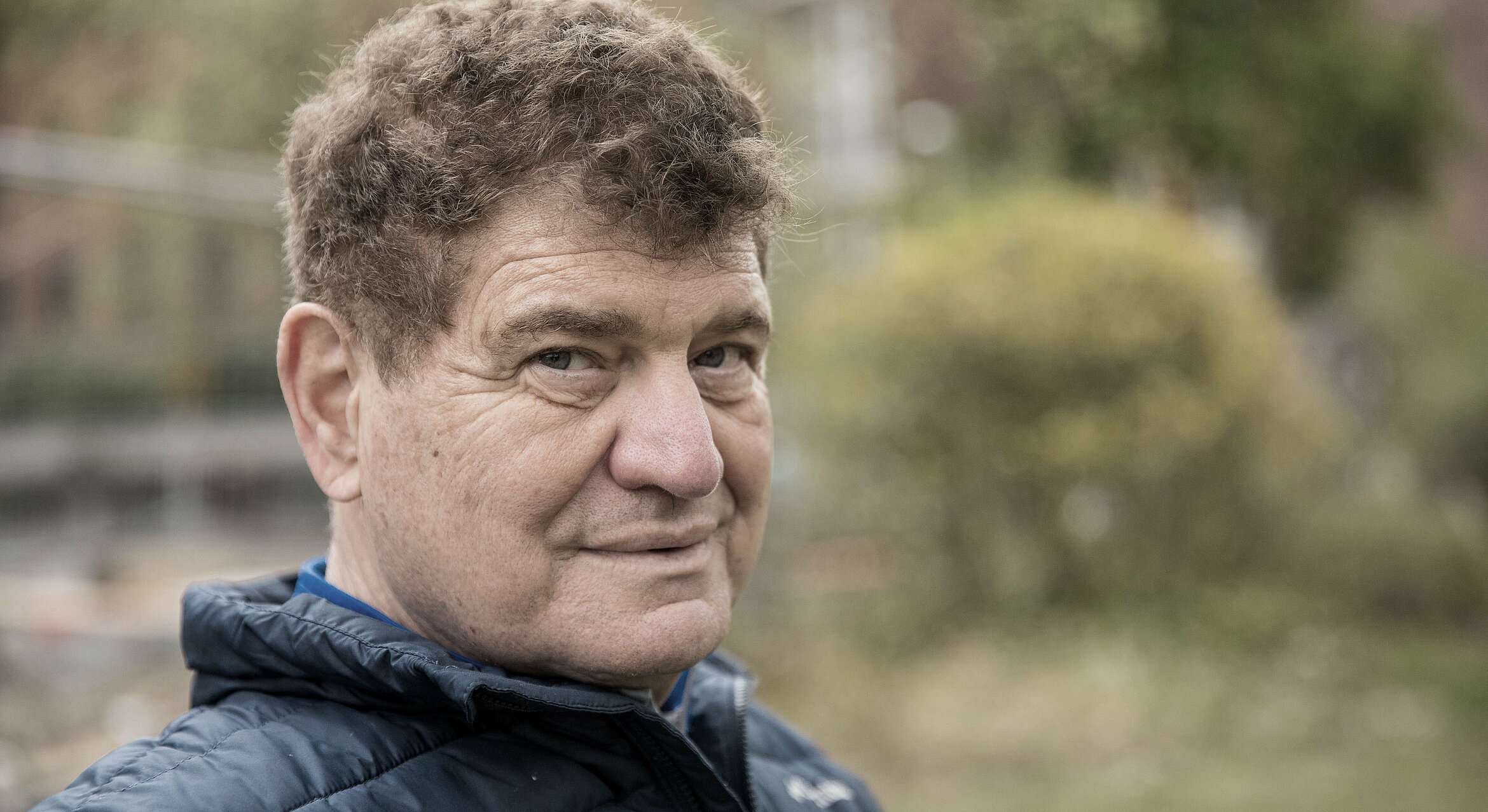Radiotherapy
Radiotherapy can be administered either instead of surgery or following surgery. Adjuvant (supplementary) radiotherapy is indicated when there is a positive surgical margin or prostate capsule involvement, as these cases entail a high risk of the cancer returning (relapse). Radiotherapy can reduce the risk of relapse. Radiotherapy alone may be an option for patients with localised tumours with an intermediate or high risk profile. Radiotherapy administered externally (percutaneously) can be supplemented with HDR brachytherapy.

